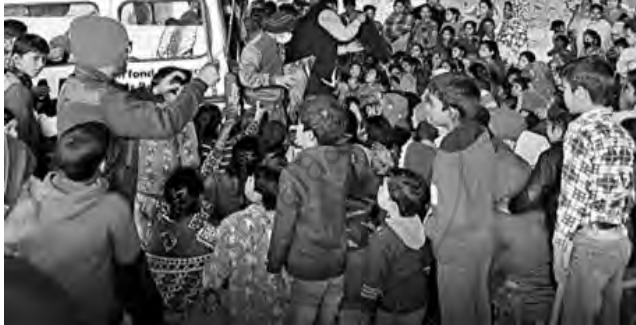Advertisements
Advertisements
प्रश्न
Briefly explain Axis-I.
उत्तर
Axis-I provided information about clinical disorders. Any mental health conditions, other than personality disorders or mental retardation, would have been included here.
APPEARS IN
संबंधित प्रश्न
Answer the following:
Give the full form of DSMIV.
Explain the biological psychodynamic and sociocultural view of abnormal behaviour.
Answer the following question:
Discuss the biological, psychological, and sociocultural perspectives of viewing abnormal behavior.
State whether the following statement is True or False and justify your answer with reason.
Sucheta has an IQ which falls into the category of genius which is rare to find. 'Genius’ is a statistical deviance. Therefore, she is abnormal.
State whether the following statement is True or False and justify your answer with reason.
Abnormality is always hereditary.
Match the columns.
| Column A | Column B |
| (i) Stress and storm | (1) Used for gaining more power |
| (ii) Body image | (2) Adolescence |
| (iii) Bullying | (3) May lead to lack of self confidence |
| (iv) Low self esteem | (4) Childhood |
| (v) Nurturance | (5) Anorexia |
| (6) Feminine trait |
Write a short note in 50-60 words.
Criteria of abnormal behaviour
Statistical approaches to abnormality define "abnormal" individuals as those who ______.
After the sudden death of his mother, Altaf's family members noticed a change in his behaviour over a prolonged period. From being a calm and an easy going person, he changed into an irritable and short tempered person. His family members took him to a therapist for consultation.
- Which manual would the therapist refer to classify and diagnose Altaf's mental condition?
- With reference to the principles of classification of psychological disorders, explain the Axes III, IV and V.
|
Uday Foundation announced free distribution of blankets for the underprivileged. The image given below shows an unexpectedly large number of people who turned up on the site of blanket distribution, causing chaos and discomfort.
|
- Interpret any three salient features of such a gathering. (3)
- Explain any four psychological effects of such large gatherings that happen suddenly. (4)

